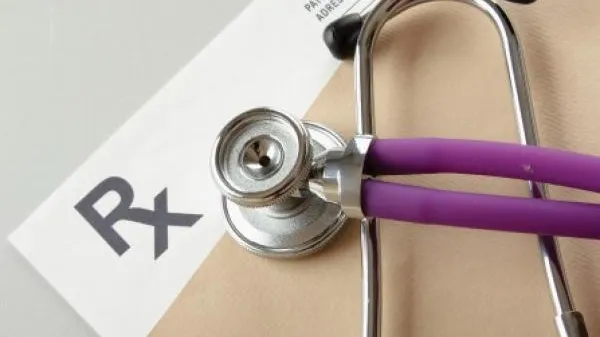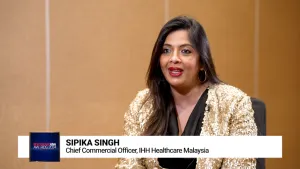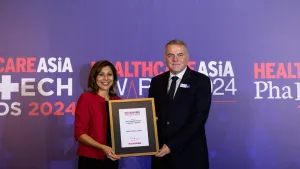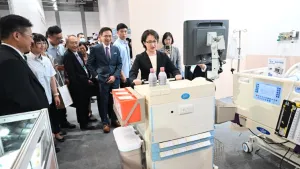
Bangladesh allocates $3.8b in health spending
It only marks a slight uptick relative to the country’s total budget.
Bangladesh’s finance minister AHM Mustafa Kamal has earmarked $3.8b (BDT327.31b) for health and family welfare, making up 5.4% of the nation’s total budget for FY 2022.
This makes the country one of South Asia's lowest-spending in terms of GDP, at less than 1%, according to a report from Fitch Solutions.
The government unveiled a record $71b (BDT6.04t) national budget for FY 21-22 starting in July, prioritizing pandemic control, health sector, social safety-net and agriculture, as the country seeks to continue the growth momentum amidst the pandemic.
Although the proposed budget for the health sector makes up 5.4% of the total budget for the fiscal year, it only marks a slight uptick from the previous year's 5.1%. A lack of critical funding for public health services will severely limit patient access to medical care, Fitch said.
No plans were proposed in the budget to address the lack of manpower and medical infrastructure, Fitch found, and the still nascent stage of healthcare provision will limit health accessibility in the country.
“Moreover, the population in Bangladesh is highly ruralised; healthcare provision in rural areas of Bangladesh is minimal, with state-run facilities facing acute shortages of doctors, nurses and technicians,” the report stated.
Further, there is no separate allocation for vaccines in the latest budget. However, the finance minister said that the government was implementing various projects worth a total $800m, including $600m from World Bank (WB), $100m from Asian Development Bank (ADB), and $100m from the Asian Infrastructure Investment Bank (AIIB).
The projects include the COVID-19 Emergency Response and Pandemic Preparedness project supported by WB and AIIB, and the Response Emergency Assistance project by ADB, which will involve the purchase of vaccines, installation of oxygen lines, and setting up of ICUs/CCUs.
The finance minister also stated that a loan agreement with ADB for $940mn to procure vaccines was at the final stage and there was a strong possibility of receiving support for vaccine procurement from the European Investment Bank and AIIB.


















 Advertise
Advertise


